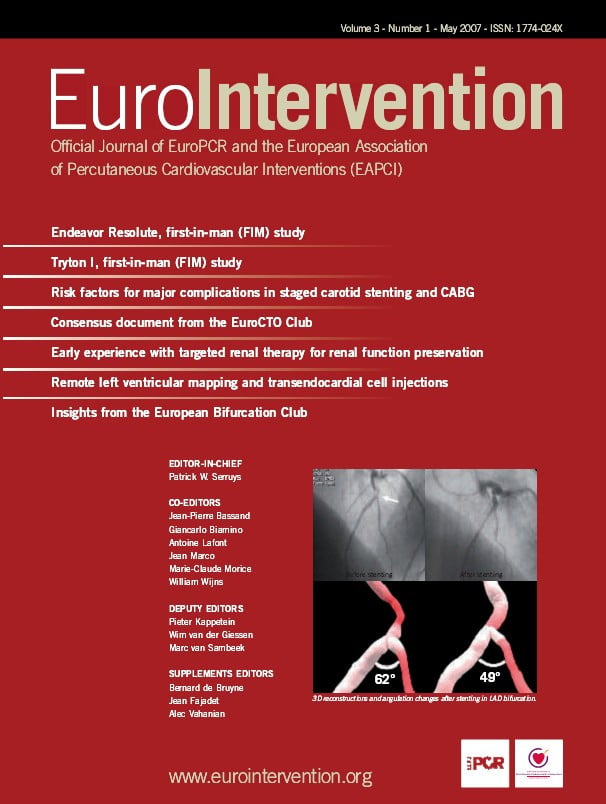Dear Colleagues,
So much is happening worldwide that it seems hardly a moment has passed since I was welcoming you to our second year of publication, and yet another 12 months has now gone by, and here we are entering our third year. How well I know personally the rapid developments in our profession, and the demands on our professional lives which impinge on our ability to stand back and get an overview of what is going on. That is why we have attempted to create within the pages of this journal, as well as through our newly designed website and submission module called RESUMÉ, a quiet and yet vital space for discussion, for underlining experience, for reference and for results.
The influx of breaking news and papers is more than any one edition of the journal can hold. Now the website will feature some of the most important of these articles before they are published, as well as our more traditional offerings of moving images that augment the value of published articles and case reports that are exclusive to the internet. We believe we have increased the ease with which this website functions, and hope that the new possibility of online submissions will encourage many of you to submit papers.
Dialogue and innovation
The ongoing discussion between surgeons and interventionalists is crucial for the advancement of our work, in the last edition of EuroIntervention David Holmes and David Taggart gave their views on the subject, this time we will hear first from Carlos Ruiz and Philipp Bonhoeffer, and then Allan Stewart and Craig Smith with their special perspectives on valves.
We are extremely pleased to be presenting as well two first-in-man papers RESOLUTE and TRYTON. The RESOLUTE program concerns a new biocompatible polymer whose outer surface is hydrophilic leading to higher biocompatibility, featuring an interior surface that remains hydrophobic, which can increase the precision of drug release. The TRYTON study focuses on the Side-Branch stent for bifurcation lesions which uses a balloon expandable, 5 Fr compatible system delivered with a single wire, which can be used in conjunction with any existing standard stent for the main vessel. More details, and debates, in the pages that follow.
Protocols and hands-on practice
Along with our work with the EAPCI, you will find seminal articles from the EuroCTO Club and the European Bifurcation Club as they continue to develop and promote, not only the practice of their particular specialities, but also assuring the standards for European education and the qualifications necessary in practising these techniques. Within these articles you will see the current practise norms debated, the issues that remain unanswered explored, and those items that elicit consensus clearly stated.
In terms of day-to-day practice, this issue – please excuse my play on words – “focuses” on the latest developments of imaging with hands-on discussions of new and important tools for the practitioner. These take the form of a novel three-dimensional quantitative coronary angiography system and expert reviews on CTO written by Drs. Tsuchida, Dvir and Tanigawa.
This then is EuroIntervention today.
I hope you find it useful, informative, timely. Participate by joining us on our new website, being active in your local professional associations, submitting your papers to us online through our new RESUMÉ submission module and telling us what you want – and need – to see and hear.
We will do our best, in our third year of continuing to evolve towards a more interactive and vital partner in our profession, a forum that you can trust, and refer to with confidence.

